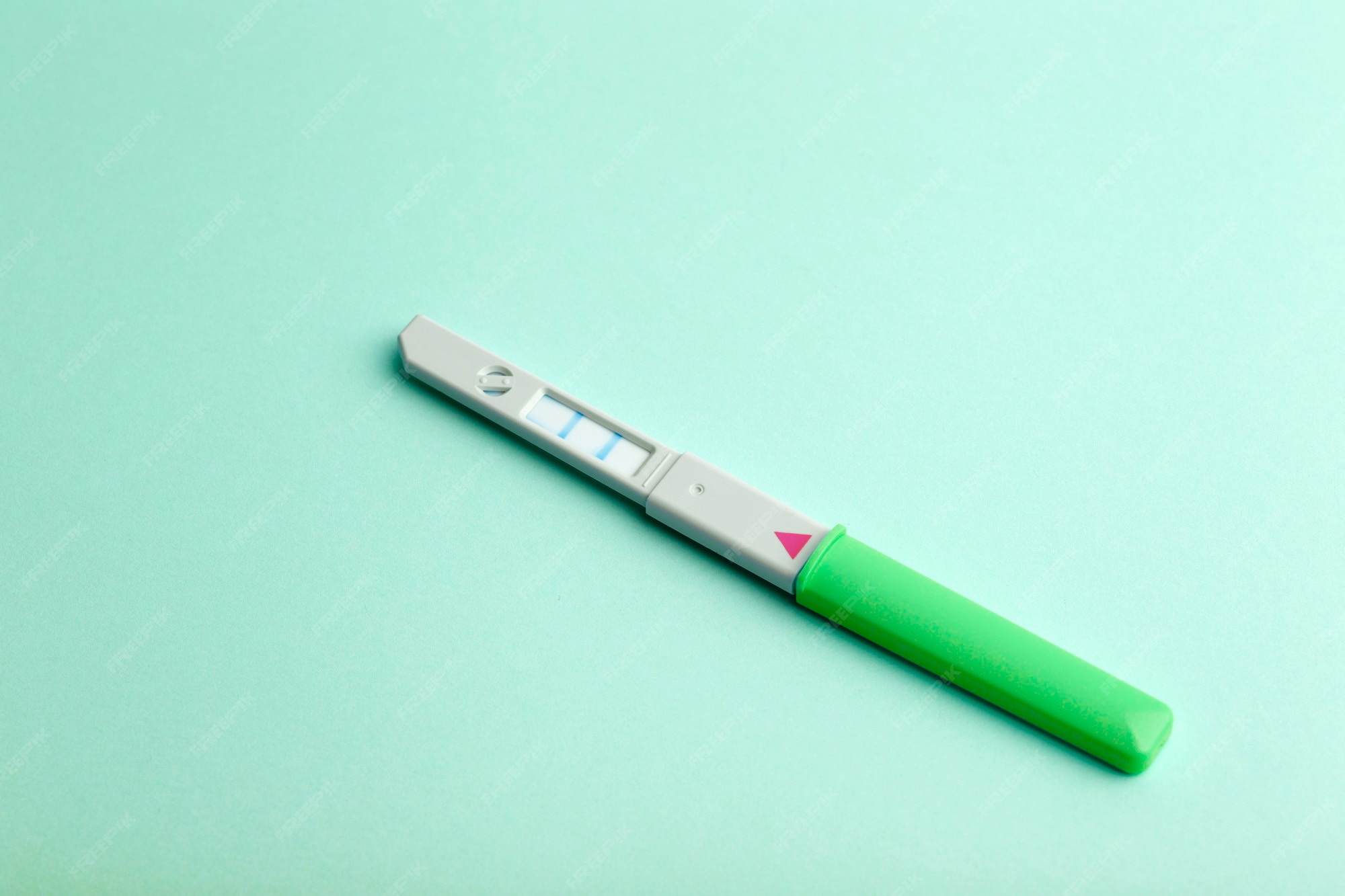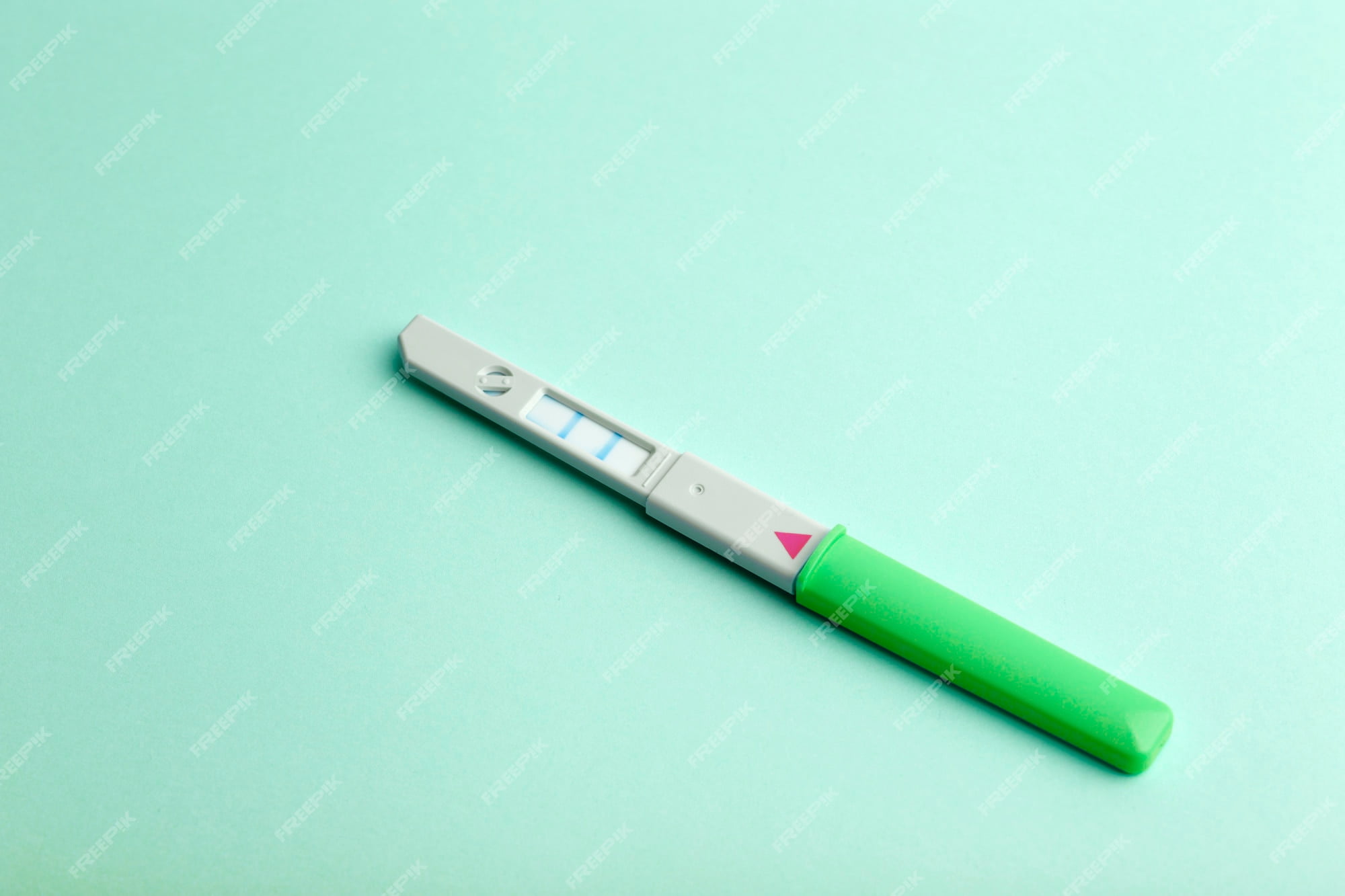
Contents
- 1 Introduction
- 2 What Is a Blank Pregnancy Test?
- 3 Reasons for a Blank Pregnancy Test
- 4 The Importance of Reading Pregnancy Test Results Correctly
- 5 How to Properly Use a Pregnancy Test
- 6 Common Mistakes When Taking a Pregnancy Test
- 7 When to Take a Pregnancy Test
- 8 Types of Pregnancy Tests
- 9 Can a Blank Pregnancy Test Be a False Negative?
- 10 Evaporation Lines on Pregnancy Tests
- 11 What to Do if You Get a Blank Pregnancy Test
- 12 How to Interpret Faint Lines on a Pregnancy Test
- 13 Seeking Medical Advice
- 14 Conclusion
- 15 FAQs About Blank Pregnancy Tests
Introduction
A blank pregnancy test can be a source of confusion and stress for anyone who is eagerly awaiting the results. But what exactly does it mean, and should you be concerned if you come across one? In this article, we will discuss what a blank pregnancy test is, the reasons behind it, and how to handle it when it happens.
What Is a Blank Pregnancy Test?
A blank pregnancy test is a test result that shows no visible lines or symbols. It is essentially a test that appears completely empty, with no indication of a positive or negative result. This can be perplexing, leaving many individuals wondering if they made a mistake or if something went wrong during the testing process.
Reasons for a Blank Pregnancy Test
There are several reasons why you might encounter a blank pregnancy test:
1. Insufficient Urine Sample
One common reason for a blank test is an insufficient urine sample. Pregnancy tests require an adequate amount of urine to function correctly. If the test does not have enough urine to work with, it may not display any result.
2. Testing Too Early
Taking a pregnancy test too early in your cycle can lead to blank results. Pregnancy tests work by detecting the hormone hCG, which may not be present in sufficient quantities during the early stages of pregnancy.
3. Expired or Faulty Test
Using an expired or faulty pregnancy test can also result in blank results. It’s essential to check the expiration date and ensure the test is in good condition.
4. Incorrect Usage
Not following the test instructions correctly can lead to blank results. Make sure to read and follow the instructions provided with the pregnancy test.
The Importance of Reading Pregnancy Test Results Correctly
Properly reading the results of a pregnancy test is vital. Misinterpreting a blank pregnancy test can lead to unnecessary stress or overlooking a positive result. Always check the instructions and be patient when waiting for the results.
How to Properly Use a Pregnancy Test
To avoid blank pregnancy test results, here’s how to properly use a pregnancy test:
1. Use a Reliable Test
Choose a reputable brand of pregnancy test to ensure accuracy and reliability.
2. Follow the Instructions
Carefully read and follow the instructions provided with the test.
3. Use the First-Morning Urine
HCG levels are highest in the morning. Testing with your first-morning urine can increase the accuracy of the results.
4. Wait for the Specified Time
Do not rush the process. Wait for the specified time mentioned in the instructions to read the result.
Common Mistakes When Taking a Pregnancy Test
Several common mistakes can lead to blank pregnancy test results. These include:
1. Not Waiting Long Enough
It’s essential to follow the recommended waiting time. Checking too early can lead to inaccurate results.
2. Overdiluting Urine
Using too much water to dilute your urine can affect the test’s accuracy.
3. Ignoring the Expiry Date
Always check the expiration date of the test to ensure its accuracy.
When to Take a Pregnancy Test
The ideal time to take a pregnancy test is after you’ve missed your period, as hCG levels are more likely to be detectable at this point. However, some tests claim early detection capabilities, allowing you to test a few days before your expected period.
Types of Pregnancy Tests
There are two main types of pregnancy tests: urine and blood tests. Urine tests, like the home pregnancy tests you can buy at a pharmacy, are the most commonly used. Blood tests, performed at a doctor’s office, are more accurate and can detect pregnancy earlier.
Can a Blank Pregnancy Test Be a False Negative?
A blank pregnancy test can sometimes be a false negative, meaning that you are pregnant, but the test did not detect it. This can occur if you test too early or if there is an issue with the test itself.
Evaporation Lines on Pregnancy Tests
Evaporation lines can sometimes appear on pregnancy tests, and they can be mistaken for a faint positive result. These lines typically appear after the test’s recommended reading time and should not be considered as a valid result.
What to Do if You Get a Blank Pregnancy Test
If you encounter a blank pregnancy test, here are the steps to take:
1. Wait and Re-Test
Wait for a few days and then re-test using a new pregnancy test. Make sure to follow the instructions carefully.
2. Seek Medical Advice
If you continue to receive blank results or have concerns about your fertility or pregnancy, it’s advisable to consult a healthcare professional.
How to Interpret Faint Lines on a Pregnancy Test
Sometimes, a pregnancy test may display a faint line. This can be perplexing, but it typically indicates a positive result. A line, no matter how faint, is usually a sign of pregnancy.
Seeking Medical Advice
If you suspect you might be pregnant or have concerns about your fertility, it’s essential to seek medical advice. A healthcare provider can perform a blood test or ultrasound to confirm pregnancy or address any underlying issues.
Conclusion
A blank pregnancy test can be bewildering, but understanding why it happens and how to deal with it is crucial for those trying to conceive or worried about pregnancy. Following proper testing procedures and seeking medical advice when needed will help you navigate this perplexing situation.
FAQs About Blank Pregnancy Tests
1. What is a blank pregnancy test?
A blank pregnancy test is a test result that shows no visible lines or symbols, providing no indication of a positive or negative result.
2. Why do blank pregnancy tests occur?
Blank pregnancy tests can occur due to reasons such as insufficient urine sample, testing too early, using expired or faulty tests, or incorrect usage.
3. Can a blank pregnancy test be a false negative?
Yes, a blank pregnancy test can sometimes be a false negative, meaning it did not detect pregnancy even when you are pregnant.
4. How can I avoid getting a blank pregnancy test result?
To avoid blank pregnancy test results, use a reliable test, follow the instructions, use the first-morning urine, and wait for the specified time before reading the result.
5. When should I seek medical advice after encountering a blank pregnancy test?
If you consistently receive blank results or have concerns about your fertility or pregnancy, it’s advisable to consult a healthcare professional for guidance and further testing.




